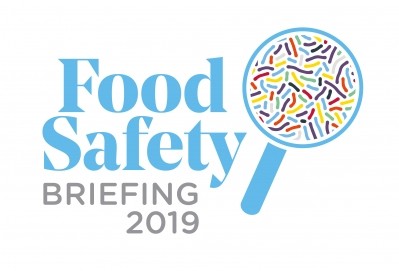Opinion
How risk plays a greater role in new BRC standard

August brought the release of the BRC Global Standard for Packaging and Packaging Materials Issue 6 (BRC 6). As is customary with standards, the time between release and first audits gives manufacturers, technologists and auditors an opportunity to review, update and prepare. The first audit against BRC 6 will be 1 February 2020, giving at least six months for preparation.
Aligning with safety standards
Many of the updates align the standard with Global Food Safety Initiative requirements and the key changes in the BRC Global Standard for Food Safety Issue 8 (BRC 8). However, many of the revisions are also the result of consultation and direct input from industry-category experts to evaluate the practical impact of implementation.
Perhaps the best example of this is the new clause on ‘culture’. This was a new requirement in BRC 8, but auditing against this clause is being deferred by a further year (until February 2021) for packaging manufacturers, to allow for further planning, review and implementation by them.
Consolidation of hygiene categories
One essential change is the consolidation of the two previous hygiene categories. There is now one set of requirements for all packaging manufacturers. Also, in terms of hygiene, there is now a section of clauses (supported by a BRC positioning statement P558) regarding environmental monitoring.
Once again, this was in BRC 8 for food, but critically important in the packaging standard is that this clause is based on risk.
Also, on the subject of risk, the new standard focuses more on product quality not just product safety. Consequently, HARA – Hazard Analysis Risk Assessment – will be used more broadly, not just to assess product safety risks but also to determine quality hazards. This may result in quality control points even if the company doesn’t have any critical control points.
















